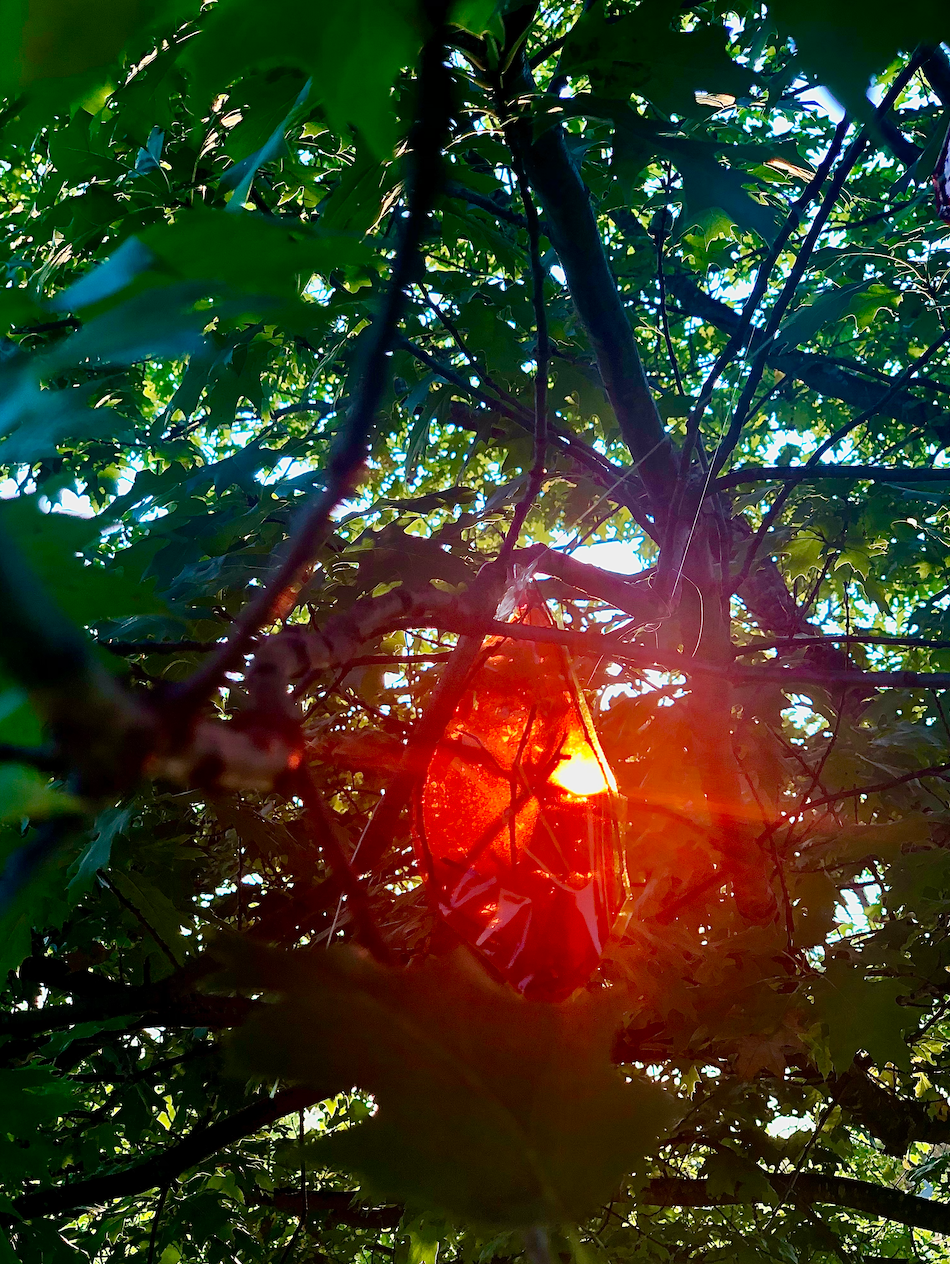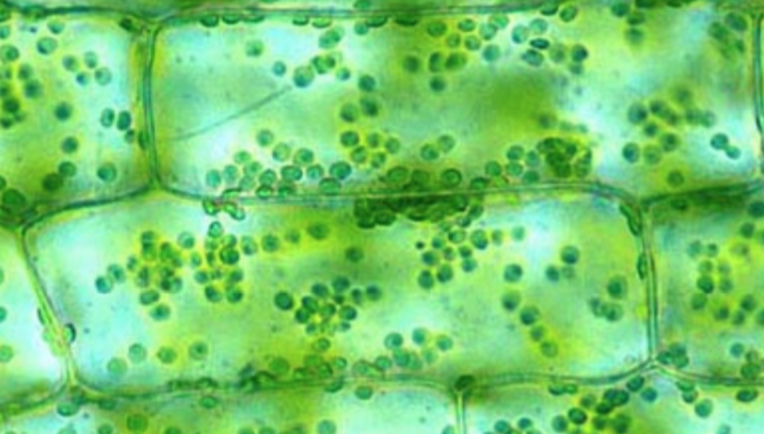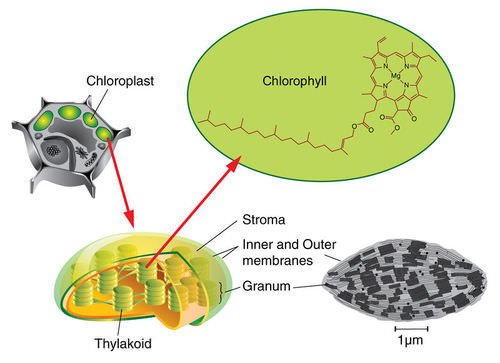The Falling Synthetic Leaves
Follow the colorful leaves, watching out for cards 1-10B hanging in the real trees.
You’ll find out about leaves and why they change color.
You’ll also build a sentence using the key words found on each card to answer why you should care.
More info and pictures to go along with the explanations are found below!
Card 1b: What are Leaves?
The food powerhouse of the tree.
The parts of a leaf include: stipules, petiole, midrib, veins, and lamina
Card 2b: Why are they important for us?
Leaves are responsible for providing oxygen.
Leaves provide shade for other plants and animals.
Card 3b: What are leaves made of?
Starting at the top layer: Leaves have stoma, a structure like a vent that allows for gas exchange. (The top and bottom outside layers are waxy and thin)
The middle layers are made up of plant cells that make food for the tree.
The veins in the leaf act as a highway for nutrients and water back and forth from the leaf cells.
Card 4b: What is a plant cell?
Plant cells are the most basic units of a tree.
Plant cells have many of the same structures as animal cells.
Structurally, plant cells are more rigid than animal cells, due to their cell wall.
Card 5b: What makes leaves green?
Inside plant cells are structures called chloroplasts.
Inside of chloroplasts are pancake stacks, called thylakoids.
Inside the pancake stacks is a green pigment called chlorophyll.
Card 6b: What is photosynthesis?
• Photosynthesis is the process of taking light energy and turning it into chemical energy.
• Photosynthesis is the process of how plants use sunlight to transform carbon dioxide and water into sugar and oxygen.
Card 7b: What makes leaves change color?
• Leaves change color when the daylight hours change.
• Chlorophyll begins to break down and the green color goes away.
• The yellow pigments are always present in leaves.
• When the chlorophyll degrades (breaks down), it remains.
Card 8b: Why are some leaves red or purple?
• Some leaves are red because they create anthocyanins which are from broken down sugars.
• Anthocyanins are found in the skins of apples and grapes as well.
• Some leaves turn red and yellow to attract birds to their fruit.
Card 9b: How forests either soak up or emit carbon dioxide.
• During the fall and winter there is a higher level of CO2 in the atmosphere because leaves are rotting and not taking up CO2
• Although new forests are helpful, old growth forests are the most helpful in soaking up CO2. They are known as carbon sinks.
• Logging, and clearing of areas in forests can make the forest go from a sink to a source of CO2
Card 10b: What affect is unpredictable weather having on leaf colors?
• The best fall colors happen with sunny days & cool nights, following a wet summer.
•. The increasing temperatures have led to longer summers and within the decade a delay of over a week on peak leaves has occurred.
• The colors have become duller, because the nights are warmer as well.
Want to learn more?
-
Educate the public on why and how the leaves change color in the fall. Piquing their interest with the beauty and satisfying the subsequent questions with well sourced resources.
-
The exhibit will portray a static moment in the fall season where different leaves are changing at varying rates.
Synthetic leaves will be created from branches and colored cellophane. The cellophane will symbolize the underlying compounds in the leaves, while the frames will be made of branches.
The green leaves will be created with green cellophane as they still have chlorophyll.
Yellow leaves made from the orange-yellow cellophane will symbolize the leaves that have lost their chlorophyll and contain mostly carotene.
Red leaves made from red cellophane will symbolize the leaves that create anthocyanins.
The synthetic leaves will be strung above you from trees that form a pathway in order for the sunlight to stream through the cellophane. Along the pathway will be numbered cards with: facts about leaves changing their colors, links to videos, and more. Each card will have a word on it, building the reason why this is important in the users everyday life.
-
Idea 1: Put LED lights within the frames and program the lights to act as the cellophane. One could simulate multiple environments and tree species this way.
For example, highlighting the difference between coniferous and deciduous trees in the fall.
Idea 2: Recreate the changes that happen in fall by 3D printing leaf plant cells from tree species that create anthocyanins and don’t, on to programmable frames. The organic synthetic leaves could change color as one manipulates the access to light, water and temperature.
-
Cards and Images:
https://www.enchantedlearning.com/support/index1.shtml
https://greenplantsforgreenbuildings.org/livingplant/
https://rsscience.com/animal-cells-vs-plant-cells/
https://www.britannica.com/science/photosynthesis
https://www.istockphoto.com/photo/autumn-background-dry-orange-foliage-in-flat-tones-fallen-leaves-in-forest-underfoot-gm973143334-264824877
https://www.princetontreecare.com/tree-of-knowledge/the-importance-of-photosynthesis-in-trees
https://www.esf.edu/pubprog/brochure/leaves/leaves.htm#:~:text=Chlorophyll%20Breaks%20Down,part%20of%20their%20fall%20splendor.
https://www.nytimes.com/2016/10/26/science/leaves-fall-foliage-colors-red.html#:~:text=As%20some%20leaves%20die%2C%20they,display%20different%20shades%20of%20red.
https://www.washingtonpost.com/weather/2021/10/06/fall-foliage-leaves-climate-change/
https://traveloregon.com/things-to-do/trip-ideas/favorite-trips/guide-to-fall-foliage-in-oregon/
https://www.sciencedirect.com/science/article/abs/pii/S0963996905001122#:~:text=Anthocyanins%20and%20carotenoids%20are%20two,also%20have%20health%2Dpromoting%20effects.
Photosynthesis-assisted remodeling of three-dimensional printed structures
https://phys.org/news/2014-02-live-cell-technology-ancient-chinese-woodblocking.html
https://www.createeducation.com/blog/understanding-the-nano-scale-structures-within-nature-with-3d-printing/













